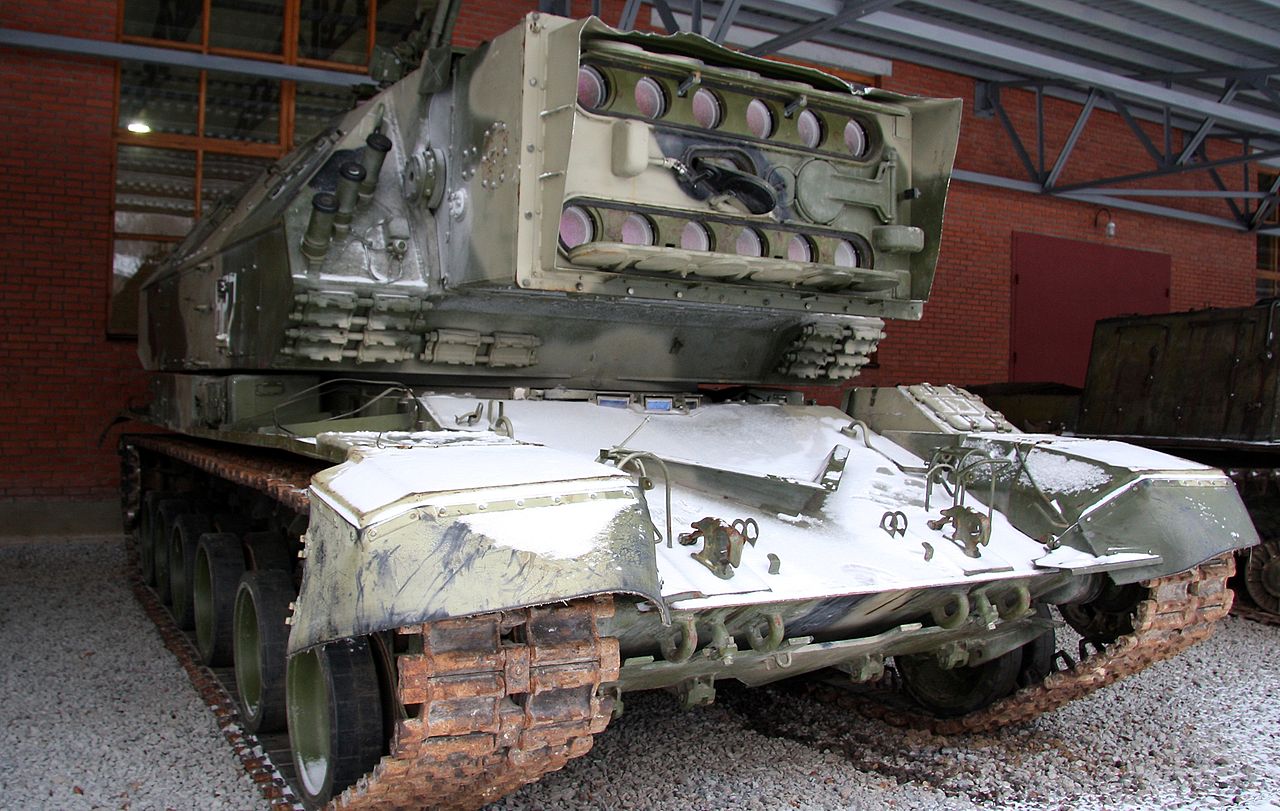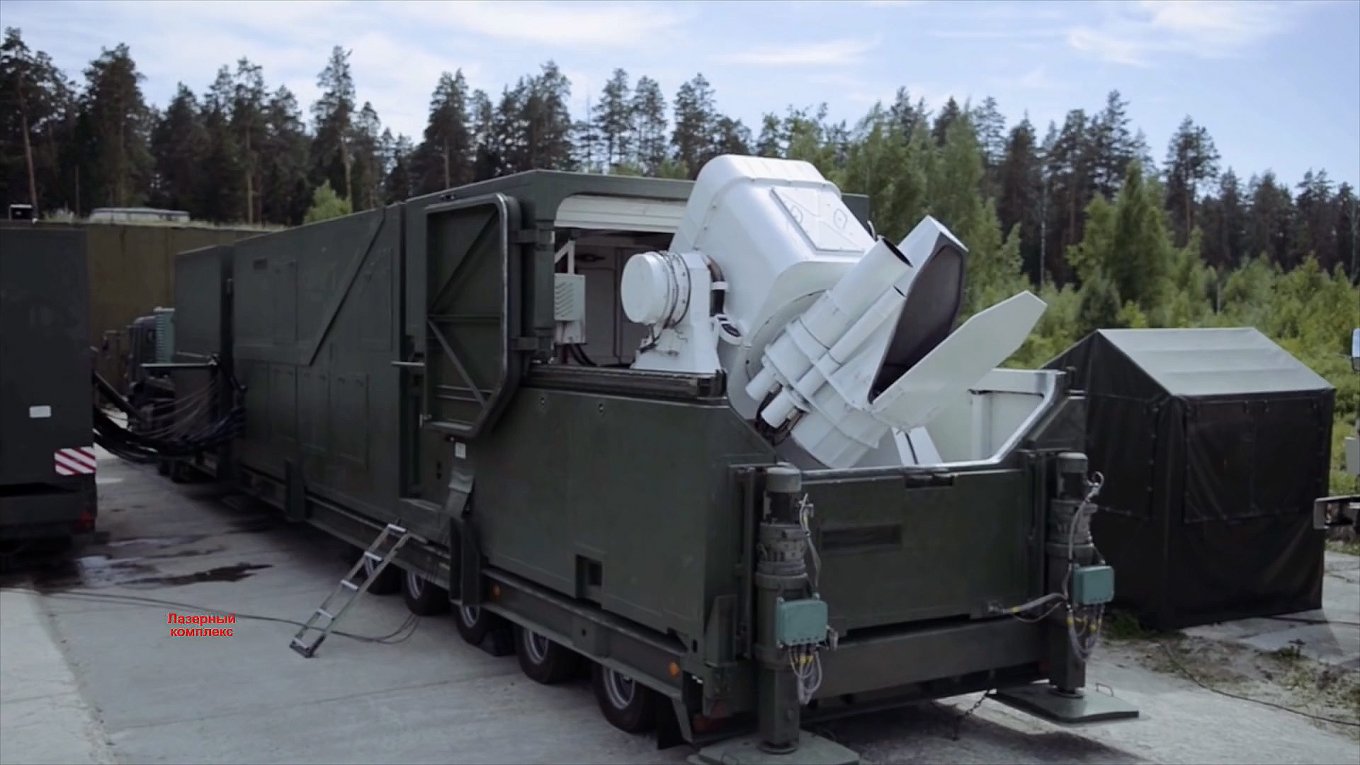
Saudi Arabia has a laser that shot down 100% of Shahed-136, can Ukraine repeat this experience?
There are two “long-term” reasons to talk about lasers as a new type of weapon that are significant for our country. First, Commander-in-Chief of the Armed Forces of Ukraine Zaluzhnyi raised the issue of the need to find new weapons technologies necessary to achieve a turnaround at the front.
The second is that we also need “unconventional” tools for air defense, and here we can recall an interesting example that became known in early November 2022. At the time, Saudi Arabia boasted that it was able to shoot down 100% of the Shahedin in one raid with a $100 million Silent Hunter laser system made in China.
Against this background, the state of affairs with the development of laser weapons in the world and in Ukraine is interesting from an applied perspective. Within the framework of a joint project with the Espresso TV channel, Defense Express director Serhiy Zgurets spoke about this with Serhiy Levytskyi, a researcher at the Institute of Semiconductor Physics of the National Academy of Sciences of Ukraine. And this conversation reveals the following picture.
Several militarily powerful countries are currently working on their own laser weapons systems. In particular, the United States is working on a Laser Weapon System or LaWS with a capacity of up to 100 kW, and the United Kingdom is running a program called the Laser Directed Energy Program or LDEW.

In its turn, the German defense concern Rheinmetall is working on mobile and stationary versions of the HEL system (High Energy Laser with a power of 5 to 100 kW), while the Turkish program in the same field is designated ALKA Directed Energy Weapon System (or DEWS).
Regarding the Israeli Iron Beam laser system, which the IDF may have recently used in battles against Hamas, two points should be emphasized: 1) Israeli Rafael is working on it and producing it jointly with the American Lockheed Martin, and 2) this system attracts such interest because it is designed to intercept rockets, artillery mines, and drones at a distance of several kilometers.

As for Russia’s potential in laser systems, we have the following picture. The racist propagandists claimed that a Zadira-16 laser system was allegedly used in battles against the Ukrainian Armed Forces, but there was no evidence of this.
However, the real threat may lie in a completely different plane: back in 2017-2019, the Russian occupiers used a Soviet-made PAPV laser device, which was primarily designed to counter snipers, in battles against the Ukrainian Armed Forces.

If we talk about Ukraine’s potential in the segment of creating laser weapons, we have the scientific potential for this, but there are problems with the element base. All the necessary elements have to be purchased exclusively abroad.
As part of the Defense Research Program of the National Academy of Sciences of Ukraine (2021-2022), there was experience in conducting a project aimed at creating a laser module as a component of a demonstrator of precision-guided weapons. For us to have powerful laser systems, we need funding under a government program and the unification of research groups that have previously worked on laser weapons.

